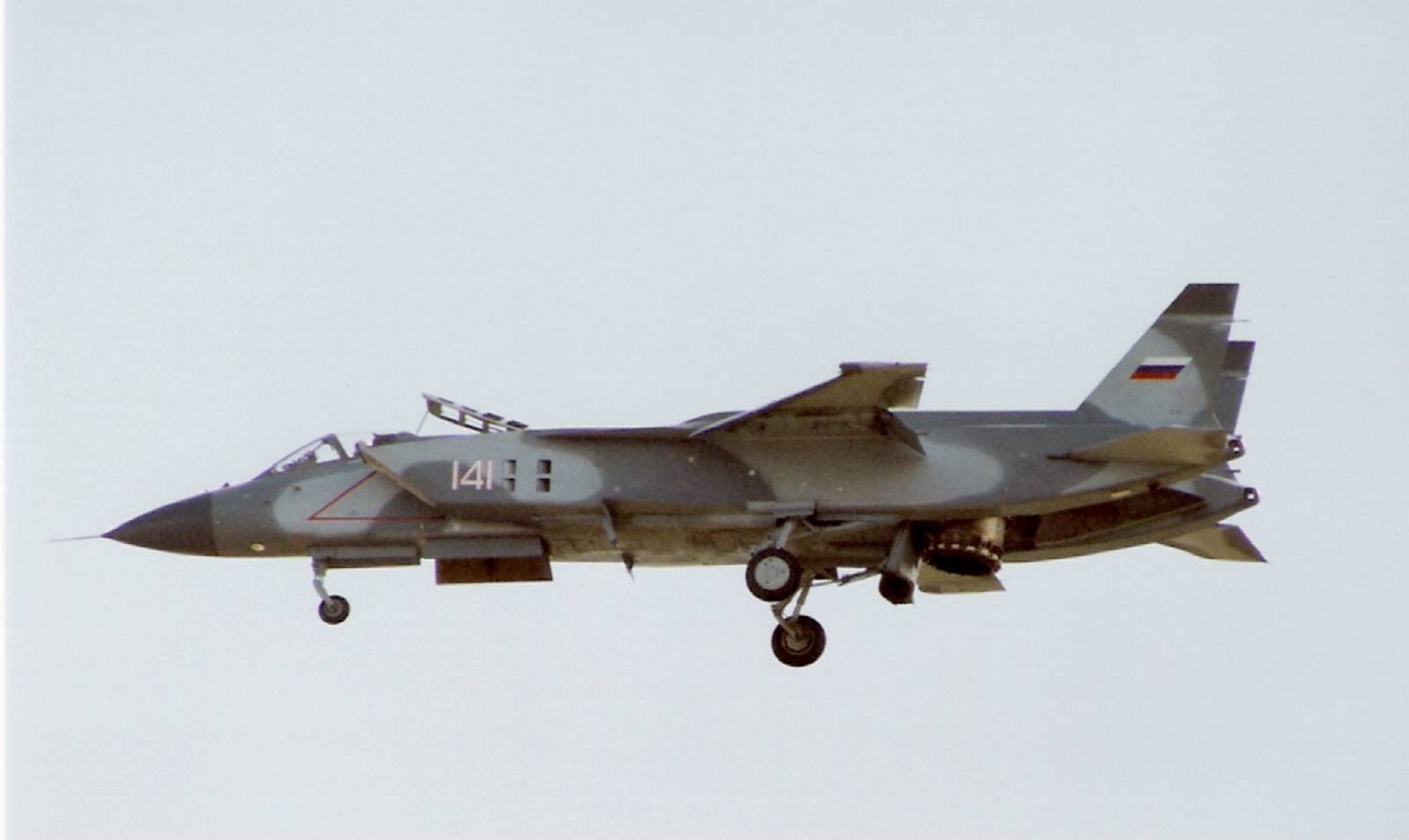Category: 1980-1990
-

Yak-141 Freestyle: The Soviet Union’s Leap into Supersonic VTOL Technology
Alright, buckle up because we’re diving into the Yak-141 Freestyle—a marvel of Soviet engineering that tried to outshine the skies with its vertical/short takeoff and landing (V/STOL) capabilities. Crafted by the legendary Yakovlev Design Bureau, the Yak-141 is not just a piece of aviation history; it’s a bold statement in the world of military aviation,…
-

F-20 Tigershark, Northrop
The previous name of this fighter was F-5G, indicating that it was a single-engined development of the F-5. The F-20 had 80% more engine power, modern avionics, and an enlarged wing. It was a capable aircraft but found no customer, because the USAF preferred to stick with the F-16. It was also offered to the USN in…
-

Mirage 2000, Dassault-Breguet
The Mirage 2000 reverted to the familiar delta wing shape of the Mirage III, in a new, sophisticated form with slats and small canards. As light air-superiority fighter, it achieved some succes, despite the competition of the F-16 and F-18. The Mirage 2000C is the fighter version; the Mirage 2000N is a two-seat nuclear-armed strike aircraft, and the 2000D…
-

B-1B Lancer, Rockwell
The variable geometry B-1 bomber was designed as the successor for the elderly B-52. The B-1A was cancelled, partly because the high-flying bomber was obsolete, and partly for political reasons. The B-1B Lancer version, more optimised for low-altitude attacks and stealth, is now built in small numbers. The B1 turned out to be very maintenance intensive.…
-

Tornado, Panavia
Multi-role aircraft developed and built in cooperation with England, Germany and Italy. It is a compact twin-engined variable-geometry aircraft. The Tornado was also the first production military aircraft with flight-by-wire controls. There are strike-attack (IDS), air defence (ADV) and electronic warfare (ECR) versions. The ADV has an elongated nose. The original contractors bought 933 aircraft,…
-

B-2A Spirit stealth bomber, Northrop Grumman
Revealed on November 22, 1988, the B-2A is a stealth strategic bomber which resulted from a program started in 1978. The first of six prototypes made its maiden flight on July 17, 1989 with testing scheduled to be completed in 1997. The B-2 is shaped in the form of a ‘flying wing’, with smoothly contoured…
-

F-117A Nighthawk, Lockheed
The F-117 (the logic behind its out-of-series designation still remains a bit mysterious) is a ‘Stealth’ attack aircraft. It uses a flat, angled fuselage and wing panels to direct radar reflections in a few sharply defined directions. Despite the aerodynamic disadvantages of such design, computer controls make it easy to fly. The F117 can execute…
-

MiG-31 Foxhound, Mikoyan-Gurevich
The MiG-31 long-range interceptor was developed from the MiG-25. The two-seat MiG-31 fighter has more capable equipment, including the powerful ‘Zaslon’ phased array radar with a range of 200 km. It is claimed that an unit of MiG-31 can link their radars together, to establish a search pattern — covering a width of 800-900 km with…
-

F/A-18 Hornet, McDonnell-Douglas
Twin-engined shipboard fighter, developed from the smaller F-17. Because of its dual role as attack aircraft, it is officially known as the F/A-18. The F-18 is a medium-sized fighter, heavier than the F-16 but lighter than the F-14 and F-15. The RF-18 is a recce version, without the internal gun and with cameras in the nose. The USN planned to…
-

X-29, Grumman
The two X-29s were built to test a forward-swept wing of composite structure. The X-29 incorporates the forward fuselage of the F-5 and the landing gear of the F-16. It has close-coupled, all-moving canards. The X-29s made 374 flights, before they were put in storage. Two X-29As were built by Grumman Aerospace Corporation, the first flight taking place…